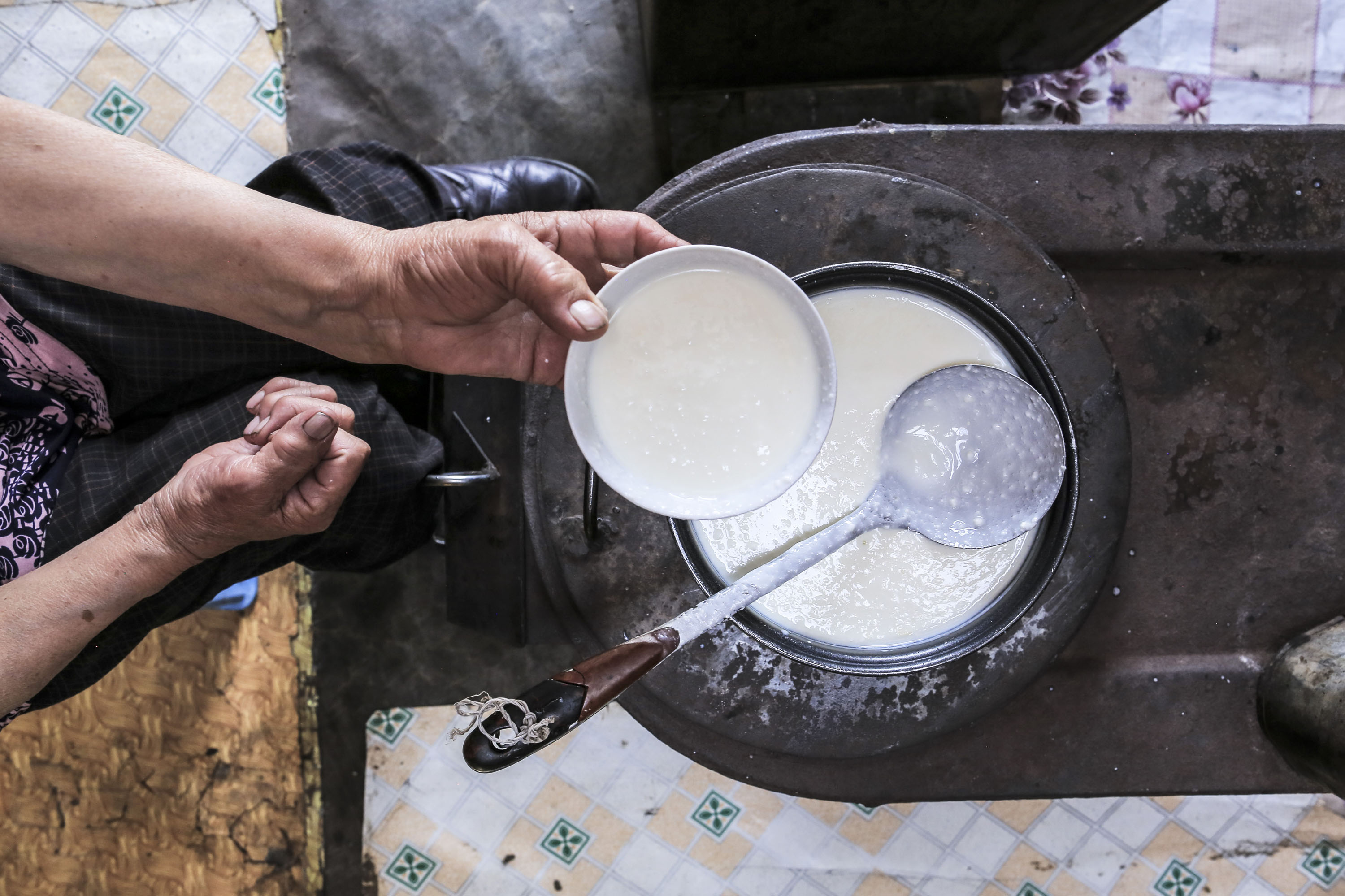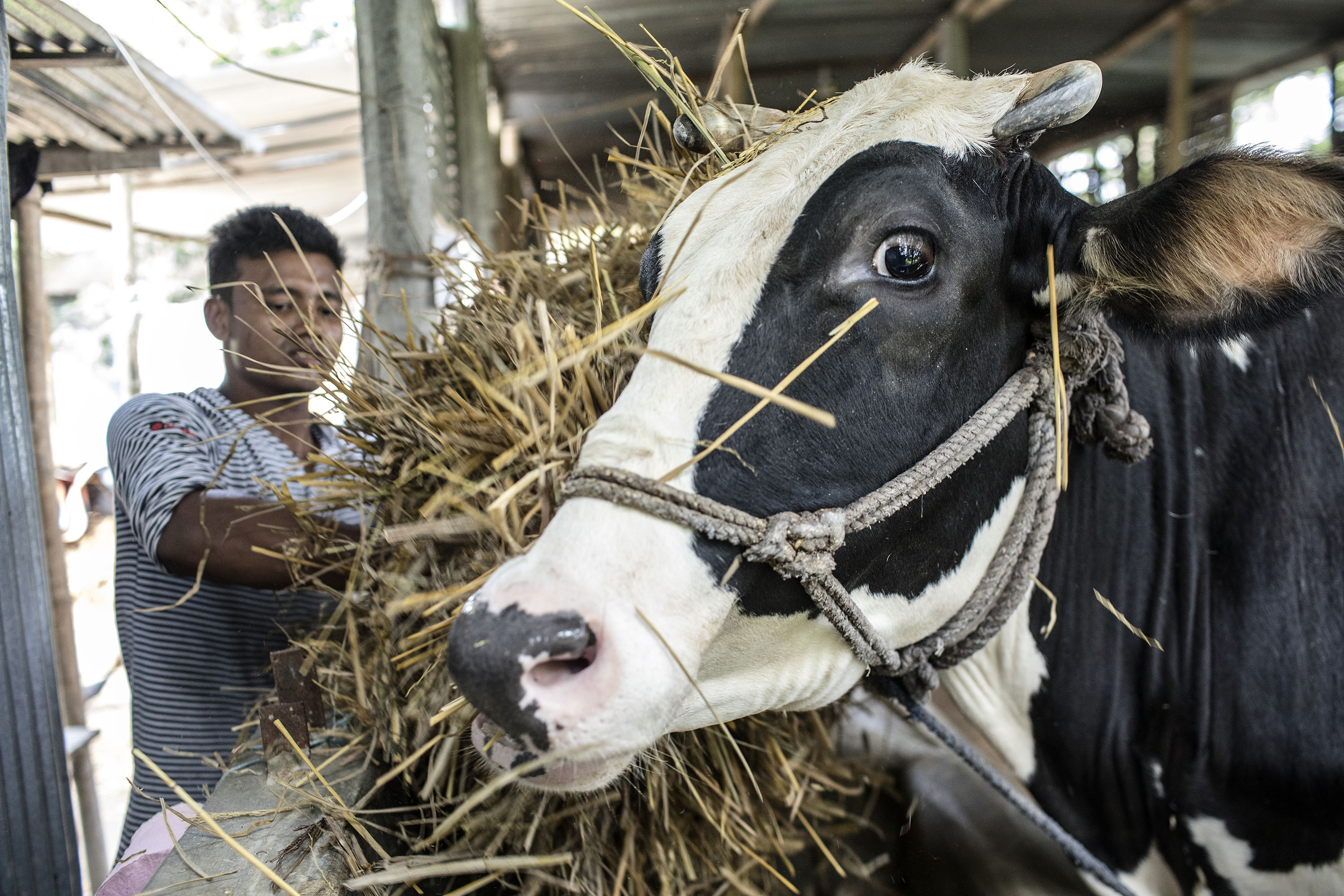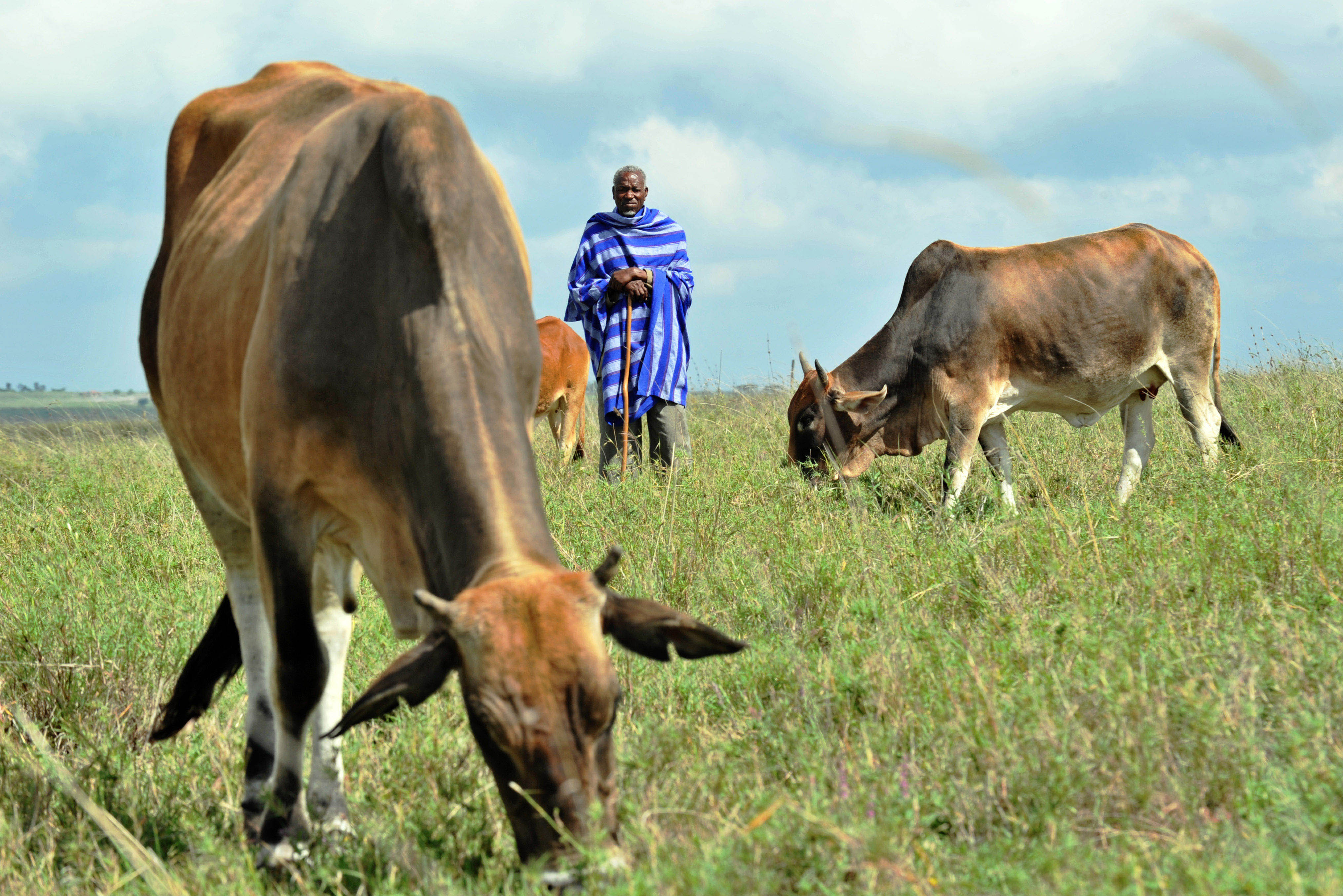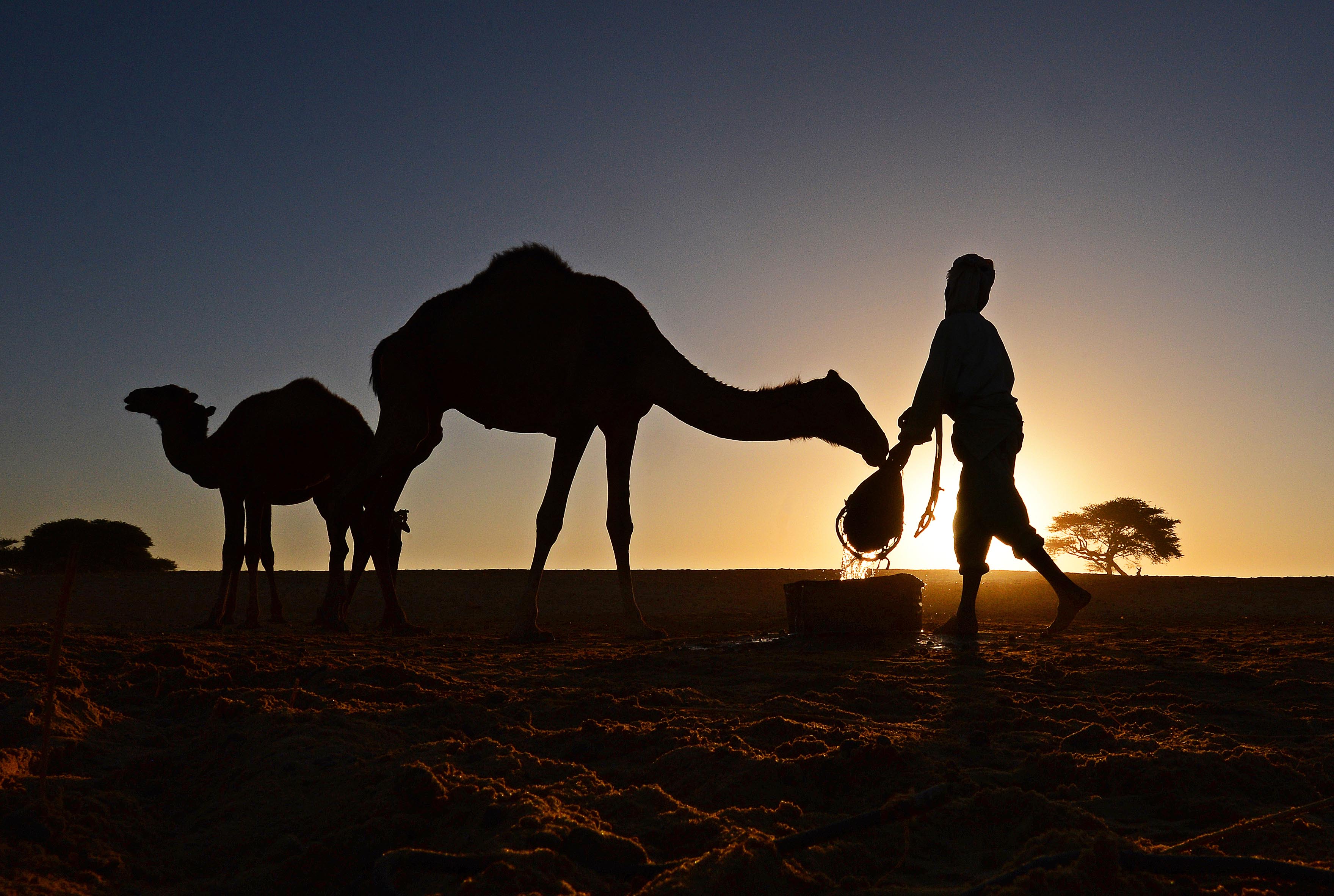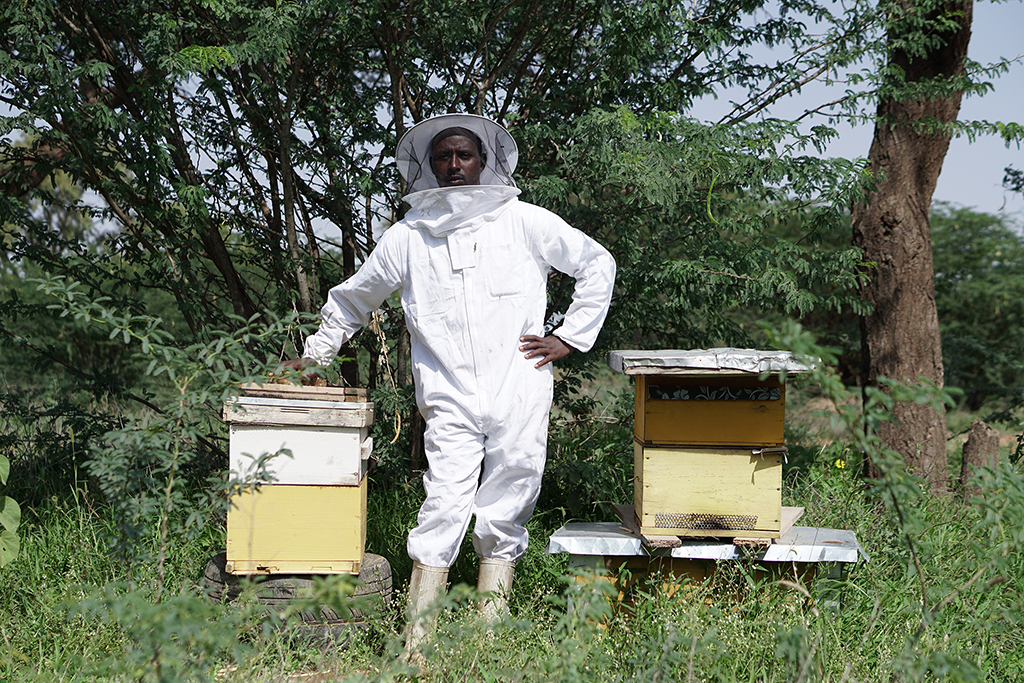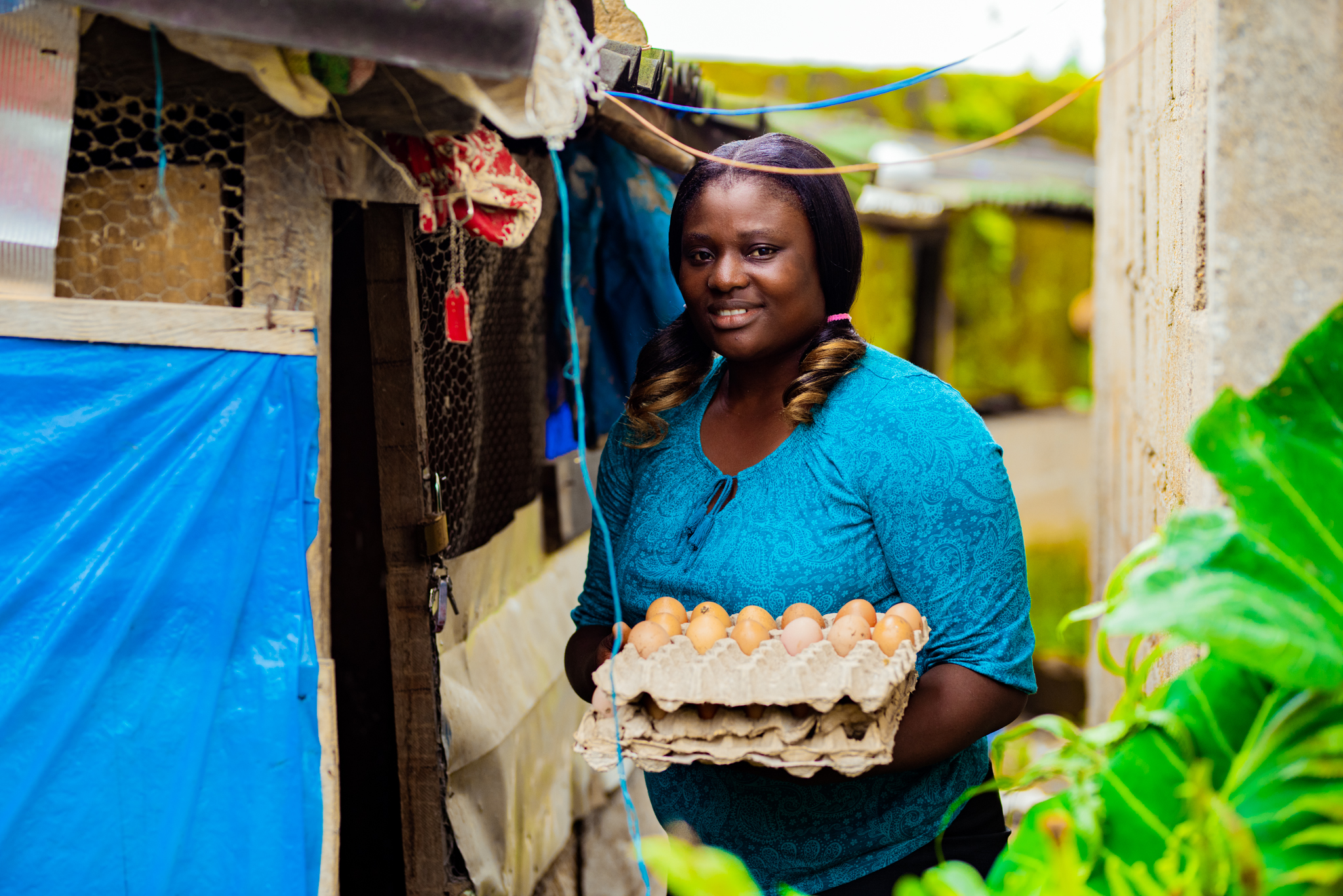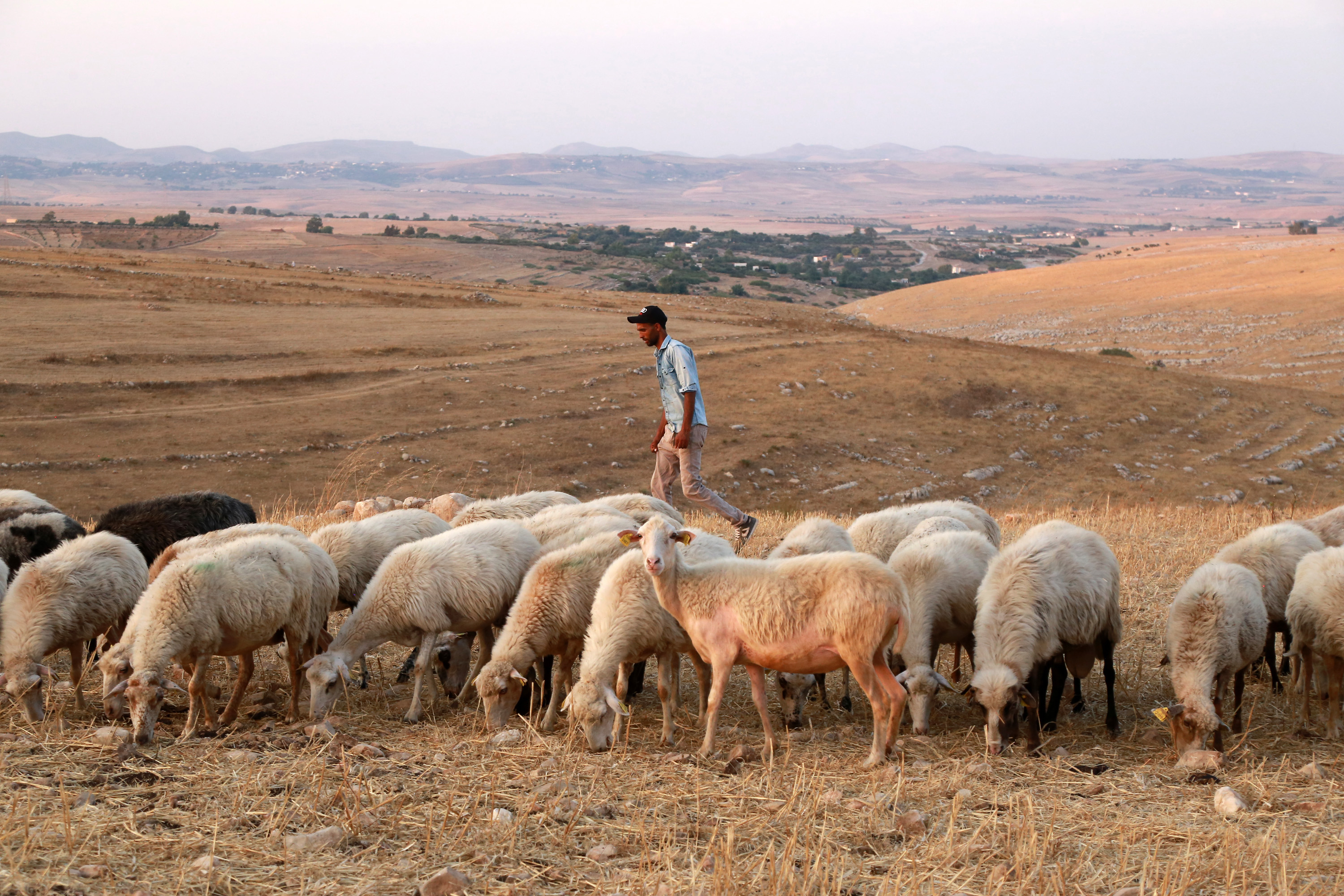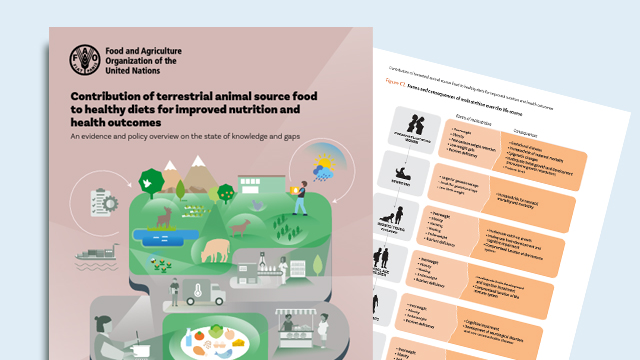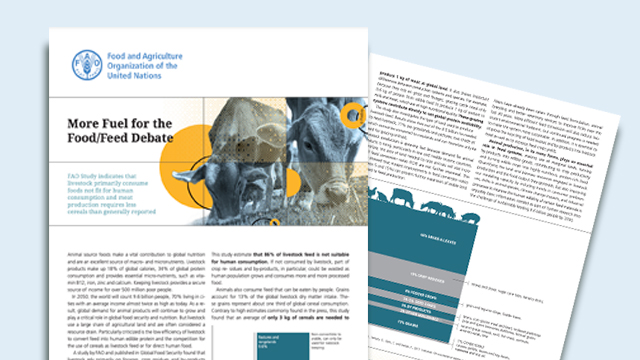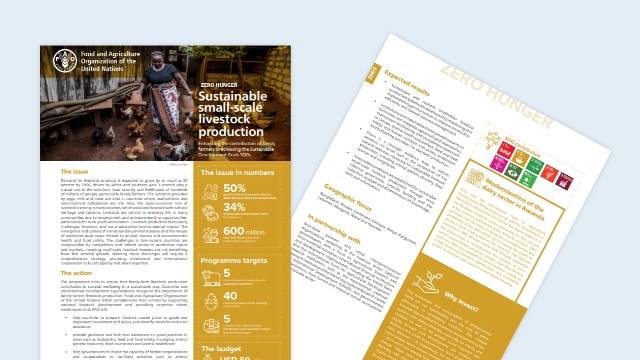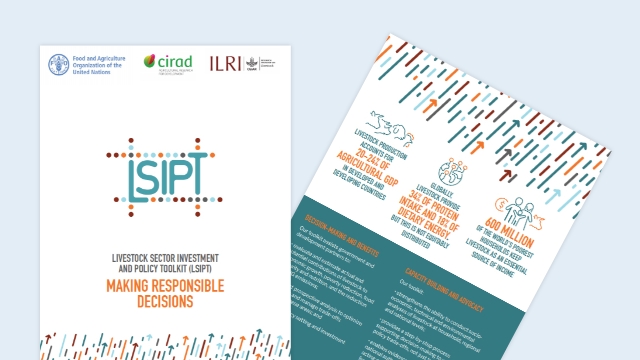FAO's role in animal production
In several countries across the world, the surging demand for livestock products is largely met by large-scale livestock production and associated food chains. Nonetheless, hundreds of millions of small-scale producers and pastoralists depend on livestock for their livelihoods. Beyond food production, farm animals play other important economic, cultural and social roles and provide multiple functions and services. They are an essential part of agro-ecosystems.
FAO works to enhance livestock’s contribution to the Sustainable Development Goals (SDGs) by supporting the transformation of animal production systems – small and large – in ways that are economically, socially and environmentally sustainable.
The Organization plays a policy advisory and awareness raising role and provides technical support, advocacy, information, knowledge and guidance to help produce high quality animal products, safely, efficiently and responsibly, while improving poor people’s livelihoods and meeting consumers’ needs. FAO also works alongside governments and farmers, responding during and after livestock emergencies and promotes dialogue amongst public, private and civil society partners whose ultimate goal is responsible and sustainable livestock production.
Among other things, FAO’s programme focuses on animal genetics, animal husbandry, animal nutrition and feeding, antimicrobial resistance, animal health and animal welfare, pastoralism and agroecology.
Key facts
Areas of work
The Organization supports member countries on different overlapping issues, including:
 Animal genetic resource management
Animal genetic resource management
- implementing the Global Plan of Action for Animal Genetic Resources monitoring national breed populations;
- measuring progress towards SDG indicators 2.5.1 and 2.5.2;
 Sustainable livestock production systems
Sustainable livestock production systems
- planning and implementing the sustainable development of the livestock sector by, for instance, supporting the preparation of livestock master plans to guide and implement investments and policies;
- improving livestock feeding systems, for example through enlarging the feed resource base, increasing feed safety, promoting the use of novel feed sources and related technologies, and reducing food-feed competition;
- providing guidance and technical assistance on good animal husbandry practices and animal welfare;
- reducing the use of antimicrobials in animal production;
- facilitating the implementation of animal identification and traceability, value-chain development, animal breeding programmes and livestock farmer field schools;
 Livestock, climate change and natural resource use
Livestock, climate change and natural resource use
- enhancing the role of livestock in agroecosystems and evaluating the performance of agroecological systems;
- addressing the impacts of climate change on livestock, reducing the environmental footprint of livestock supply chains and assessing the impact of projects and investments on greenhouse gas emissions;
 Pastoralism
Pastoralism
- supporting pastoralist friendly-policies and regulations and participatory decision-making;
- supporting pastoral communities to build resilience by helping them to keep the short- and medium-term socio-economic, ecological and technical balances within and around pastoral systems.
Highlights
- Animal genetics
- Antimicrobial resistance
- COAG’s Sub-Committee on Livestock
- Domestic Animal Diversity Information System (DAD-IS)
- Gateway to dairy production and products
- Gateway to poultry production and products
- Global Livestock Environmental Assessment Model – interactive GLEAM-i
- Global Feed Safety Platform
- Pastoralism- Policy Support and governance
- Pastoralist Knowledge Hub
Contact
Badi Besbes
Senior Animal Production Officer
Animal Production and Genetics Branch (NSAG)


